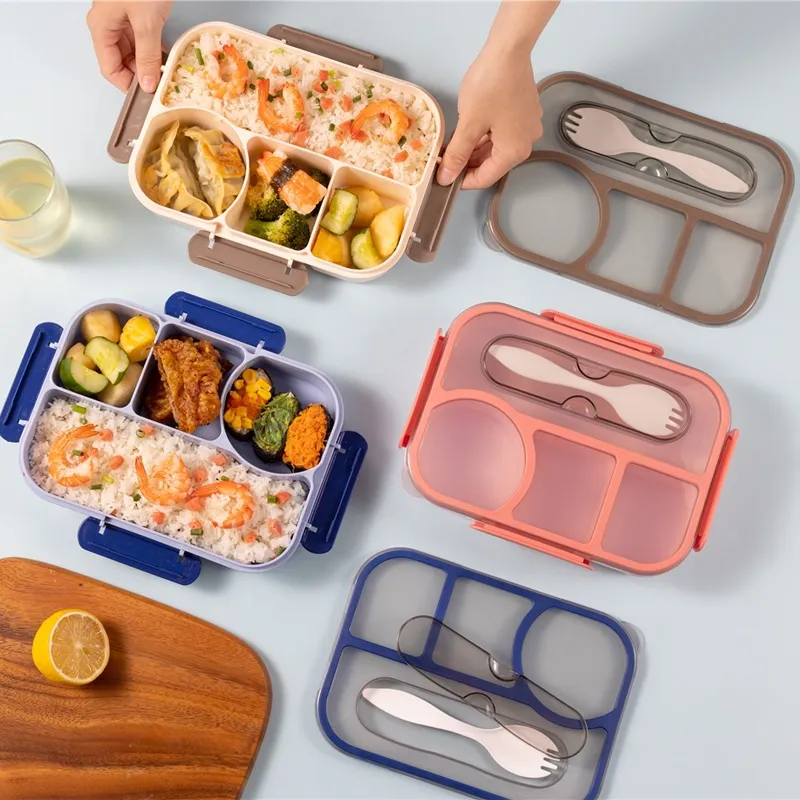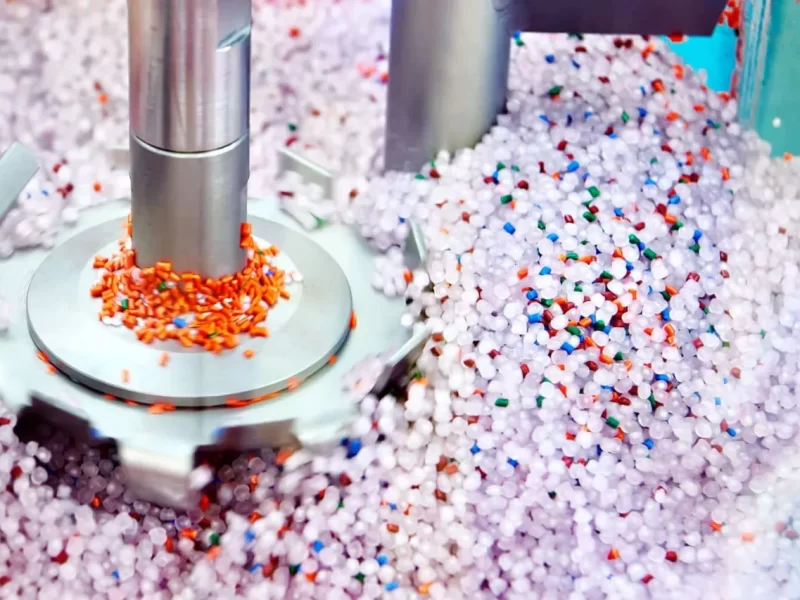
تُحدث المواد البلاستيكية تأثيرًا إيجابيًا، وهي تفعل ذلك منذ أكثر من 150 عامًا. وقد أدت الخصائص العديدة المذهلة للمواد البلاستيكية ومساهمات العديد من الأشخاص المبتكرين إلى دفع الصناعة إلى الأمام بطرق لم يكن من الممكن تصورها قبل قرن ونصف القرن الماضي.
ما هو البلاستيك؟
كلمة بلاستيك مشتقة من الكلمة اليونانية πλασστικός (بلاستيكوس)، وتعني "قابل للتشكيل أو الصب"، ومن πλαστικός (بلاستوس)، وتعني "مصبوب". البلاستيك مصطلح واسع يستخدم لوصف المواد التي يمكن تشكيلها وتشكيلها تحت درجات حرارة وضغوط عالية.
تشير كلمة بلاستيك اليوم إلى المواد الاصطناعية أو شبه الاصطناعية التي تعتمد على البوليمرات. وتتكون فئة المواد الكيميائية لجميع المواد البلاستيكية الحديثة من بوليمرات مختلفة، تتكون الغالبية العظمى منها من سلاسل من ذرات الكربون، مع أو بدون ذرات الأكسجين أو النيتروجين أو الكبريت.
تسمح لدونة المواد البلاستيكية بتشكيلها أو بثقها أو ضغطها في مجموعة متنوعة من الأجسام الصلبة. وقد أدت هذه القدرة على التكيف، بالإضافة إلى مجموعة متنوعة من الخصائص الأخرى مثل خفة الوزن والمتانة والمرونة وانخفاض تكاليف الإنتاج، إلى استخدامها على نطاق واسع.
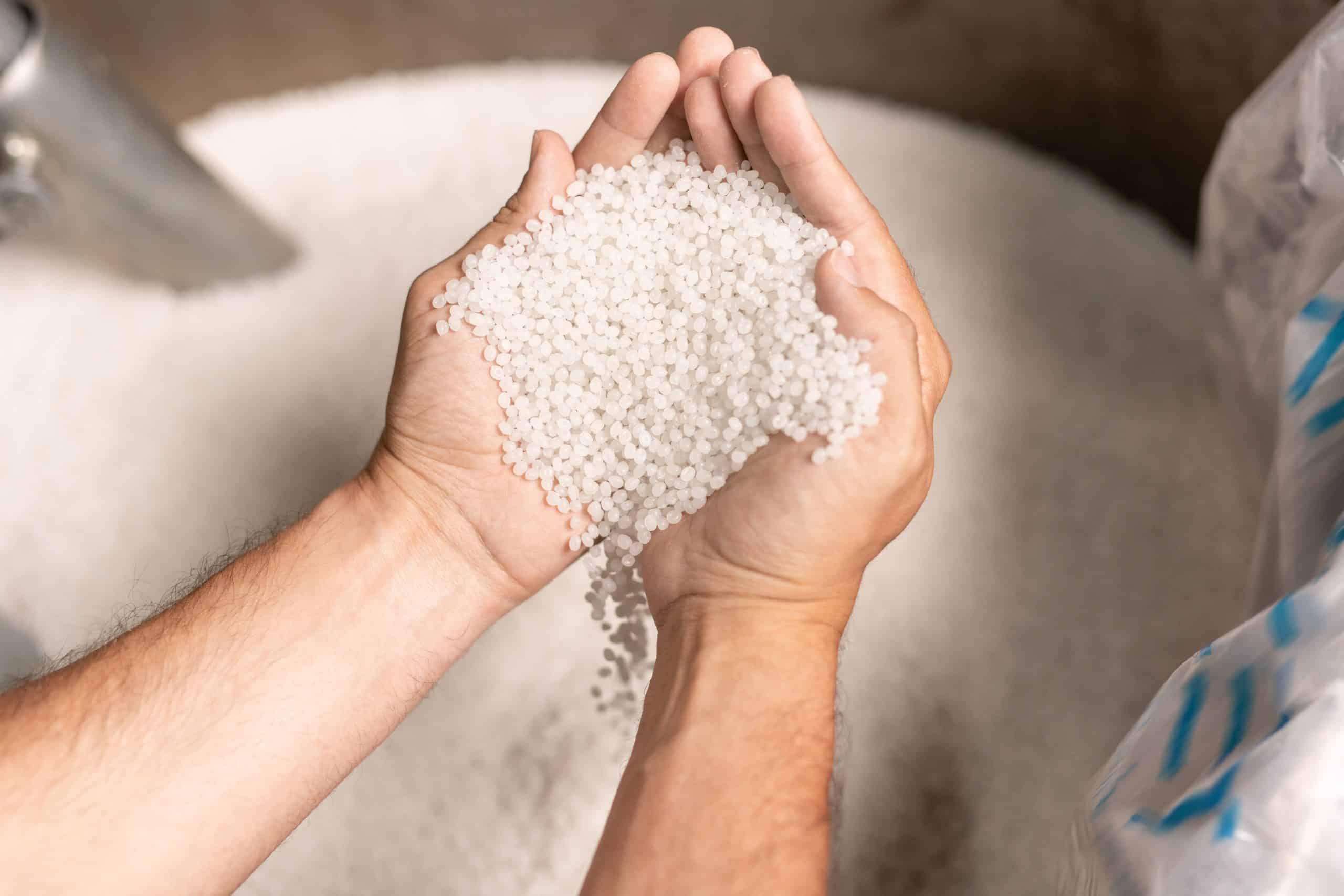
متى تم اختراع البلاستيك؟
يمكن إرجاع اختراع البلاستيك إلى القرن التاسع عشر. فقد اخترع الكيميائي البلجيكي ليو بايكلاند أول مادة بلاستيكية اصطناعية بالكامل، وهي راتنج الفينول، والمعروفة أيضًا باسم الباكليت أو الباكليت، في عام 1907. وقد دشّن اكتشاف بايكلاند عصر البلاستيك، مما جعل هذه المادة خفيفة الوزن ومتينة وقابلة للتشكيل تستخدم على نطاق واسع في مختلف المجالات. كانت ولادة البلاستيك بمثابة تغيير كبير في الصناعة والحياة اليومية، مما أتاح إمكانيات لا حصر لها في التصنيع وتصميم المنتجات الحديثة. دعونا نتعرف على تاريخ البلاستيك.
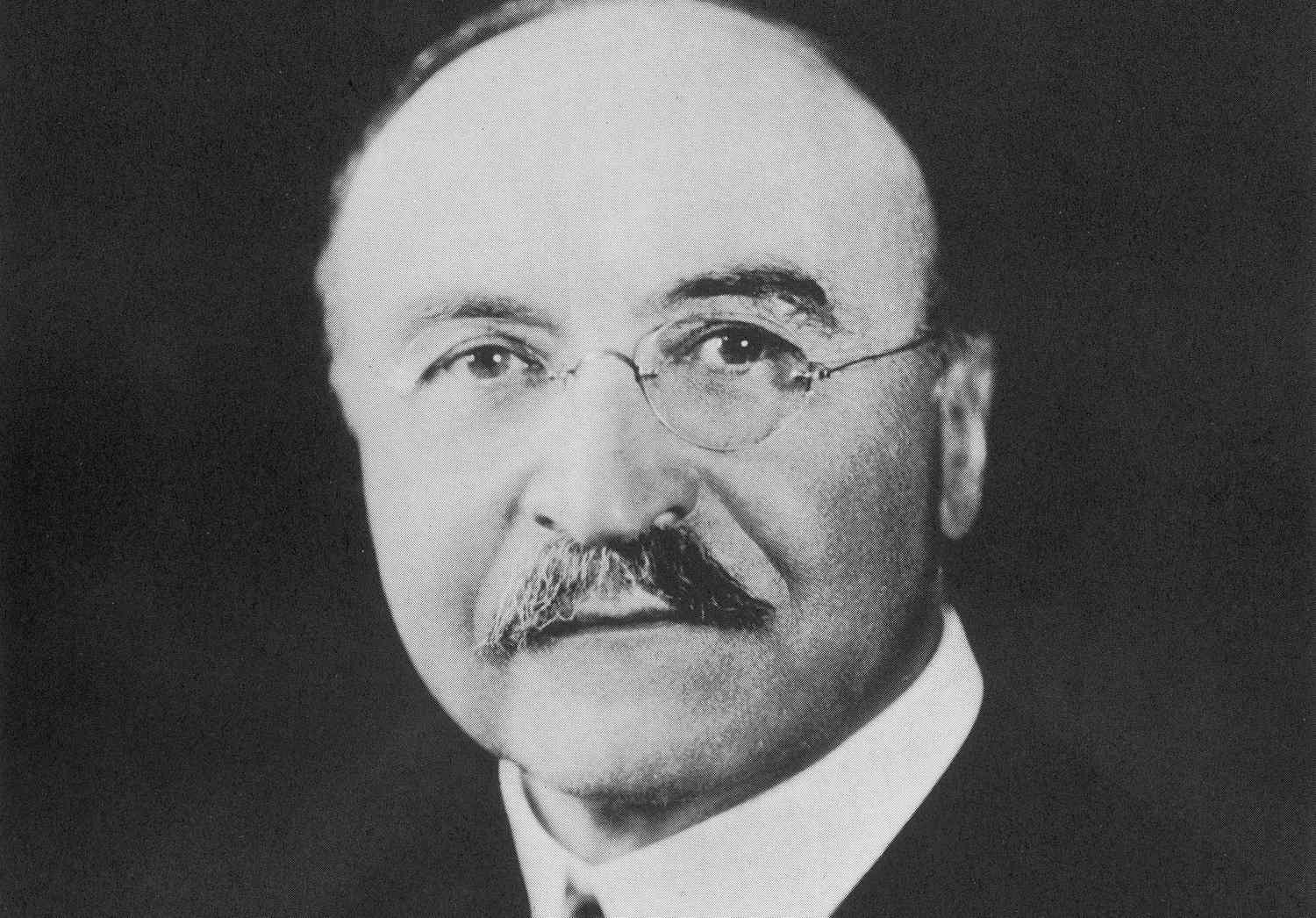
نبذة تاريخية موجزة عن البلاستيك
البلاستيك الطبيعي
في حين أننا نعتقد أن البلاستيك مادة تعود إلى القرن العشرين، إلا أن الناس يستخدمون المواد البلاستيكية الطبيعية مثل القرون وصدف السلحفاة والعنبر والمطاط واللك منذ العصور القديمة. وتصبح قرون الحيوانات قابلة للطرق عند تسخينها ويمكن استخدامها في مجموعة متنوعة من الأغراض والمنتجات، من الميداليات إلى أدوات المائدة. وكانت صناعة الأمشاط من أكبر استخدامات القرون في القرن التاسع عشر.
وبحلول منتصف القرن التاسع عشر، ومع نمو الإنتاج الصناعي للسلع الأساسية، أصبحت بعض المواد ذات المصدر الحيواني نادرة بشكل متزايد. فقد واجهت الفيلة خطر الانقراض إذا استمر الطلب على العاج، الذي كان يُستخدم في صناعة أشياء من مفاتيح البيانو إلى كرات البلياردو، في النمو. وواجهت أنواع معينة من السلاحف نفس المصير، حيث كانت تستخدم أصدافها في صناعة الأمشاط.
اللدائن شبه الاصطناعية الأولى
سرعان ما حاول المخترعون حل مشكلة نقص المواد البلاستيكية الطبيعية عن طريق تسجيل براءات اختراع عدد من المواد شبه الاصطناعية الجديدة القائمة على مواد طبيعية مثل الفلين والدم والحليب. وكان من أوائل هذه المواد نترات السليلوز - ألياف قطنية مذابة في حمض النيتريك والكبريتيك ثم خلطها بالزيوت النباتية.
وكان مخترعها هو الحرفي والكيميائي المولود في برمنغهام، ألكسندر باركس، الذي حصل على براءة اختراع المادة الجديدة في عام 1862 باسم باركسين. وتعتبر أول مادة بلاستيكية من صنع الإنسان، وهي بديل رخيص وملون للعاج أو صدف السلحفاة.
باركيسين هو أول بلاستيك شبه اصطناعي في العالم. وعلى الرغم من أنه لم يكن اصطناعيًا بالكامل، إلا أنه كان بالفعل خطوة مهمة في تاريخ البلاستيك. وقد عرض ألكسندر باركس هذه المادة في معرض لندن الدولي عام 1862، مما جعل باركيسين أول بلاستيك منتج تجاريًا في التاريخ.
على الرغم من أن ألكسندر باركس لم يحقق نجاحًا تجاريًا، إلا أن اختراعه كان ناجحًا وتم تبنيه وتطويره من قبل الآخرين. وقد جعل هذا البلاستيك الجديد سلعًا مثل الأمشاط وكرات البلياردو في متناول عدد أكبر من الناس، مما جعل السلع الاستهلاكية والثقافة في متناول الجميع.
أول بلاستيك صناعي بالكامل
1907 اخترع عالم الكيمياء البلجيكي الدكتور ليو بايكلاند، أول بلاستيك صناعي بالكامل في العالم، عن طريق الجمع بين مادتين كيميائيتين هما الفورمالديهايد والفينول تحت درجة حرارة وضغط مرتفعين.
كما أنه أول بلاستيك حراري، مما يعني أنه لا يلين أو يذوب عند تسخينه. وقد أصبح المادة المفضلة للأجهزة الكهربائية، وهو ما أصبح مفيدًا على مدار العقود القليلة التالية. واليوم، لا يزال يُستخدم في الأجزاء الكهربائية والسيارات.
ويتميز الباكليت بمظهر بني داكن يشبه الخشب ولكن يمكن إنتاجه بسهولة على نطاق واسع، مما يجعله مثاليًا لجلب اتجاهات التصميم الجديدة مثل فن الآرت ديكو إلى الجماهير. وقد أثار اختراع ليو بايكلاند جنون المستهلكين للحصول على منتج مرغوب فيه للغاية وبأسعار معقولة.
رموز القرن العشرين
شهد القرن العشرين انتشار استخدام المنتجات البلاستيكية على نطاق واسع، وأصبحت بعض المنتجات البلاستيكية الشهيرة رموزًا للعصر. هواتف GPO، وأجهزة الراديو Ekco AD36، وكاميرات Purma، وأدوات المائدة من تابروير، والألعاب البلاستيكية (مثل الليجو)، والجوارب النايلون، وأسطوانات الفينيل، وما إلى ذلك، لم تغير هذه المنتجات البلاستيكية حياة الناس اليومية فحسب، بل أثرت أيضًا بشكل عميق على التصميم الصناعي والأزياء والثقافة. وبفضل تصميمها المبتكر وعمليتها وفعاليتها من حيث التكلفة، أصبحت جزءًا لا يتجزأ من القرن العشرين وشهدت على المكانة المهمة للبلاستيك في المجتمع الحديث.
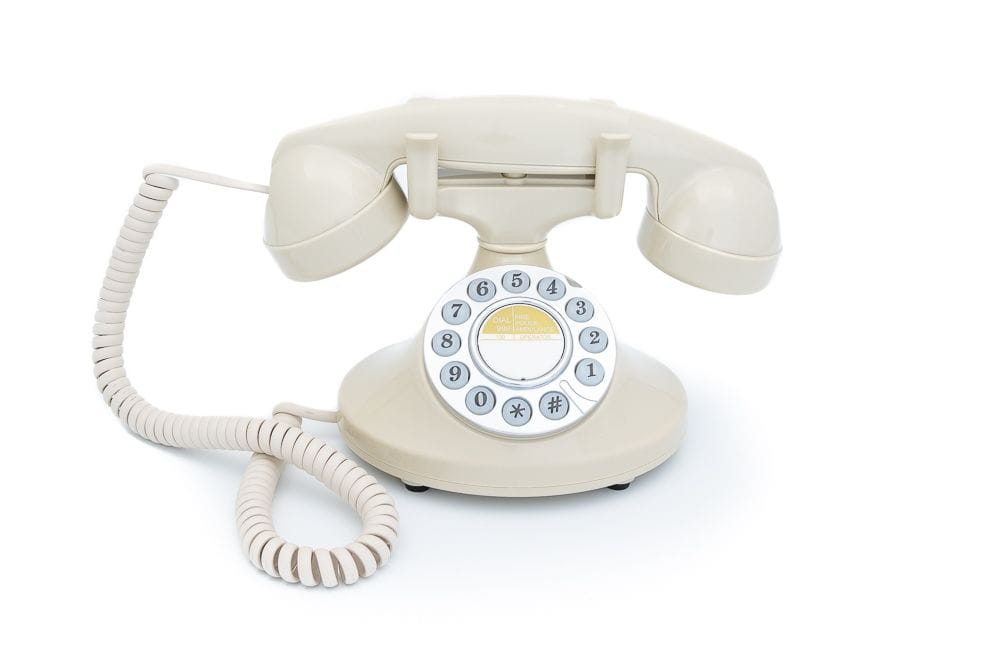
اختراع البولي إيثيلين
في أوائل القرن العشرين، بدأت صناعة النفط والكيماويات في تشكيل تحالف ICI مع شركات مثل داو للكيماويات وإكسون موبيل ودوبونت وباسف. تأسست شركة ICI في عام 1926 وحققت أول نجاح كبير لها في مجال البلاستيك في عام 1932 مع إنتاج زجاج شبكي. ولا تزال هذه الشركات هي المنتجين الرئيسيين للمواد الخام الراتنجية في صناعة البلاستيك حتى اليوم.
وكانت القوة الدافعة وراء هذه التحالفات هي الرغبة في الاستفادة من النفايات الناتجة عن معالجة النفط الخام والغاز الطبيعي. وكان أحد أكثرها وفرة هو غاز الإيثيلين، وتغلبت شركة الصناعات الكيميائية الإمبراطورية البريطانية (ICI) على المنافسين الألمان والأمريكيين لإنتاج البلاستيك من هذا المنتج الثانوي.
في عام 1933، حاول فريق في مصنع شركة ICI في وينينجتون خلط الإيثيلين والبنزالديهايد تحت ضغط ودرجة حرارة عالية. وفشلت التجربة. وبدلًا من ذلك، وجدوا مادة شمعية بيضاء في أنابيب التفاعل، حيث تسرب الأكسجين إلى الحاوية. واتضح أنه بوليمر من الإيثيلين.
يُعد البولي إيثيلين، الذي أصبح الآن أكثر أنواع البلاستيك وفرة في العالم، مادة عجيبة: قوية، ومرنة، ومقاومة للحرارة. وقد ساعد البلاستيك الخفيف الوزن الذي استخدم لعزل كابلات الرادار، في تقليل وزن الطائرات الحربية البريطانية ومنحها ميزة كبيرة على الطائرات الألمانية. وسرعان ما وجدت هذه المادة طريقها إلى المنتجات الاستهلاكية، بدءًا من أكياس التسوق البلاستيكية وعلب تابروير إلى الوركين والركبتين الاصطناعيتين.
اختراع النايلون والتفلون
حققت شركة دوبونت الأمريكية المنافسة لشركة ICI سلسلة من النجاحات مع البلاستيك في ثلاثينيات القرن العشرين، وخاصة النايلون والتفلون. باعت دوبونت في البداية النايلون في شكل جوارب اصطناعية، ولكن سرعان ما تم تقنينه من قبل الجيش الأمريكي لاستخدامه في المظلات والحبال.
بعد الحرب، تطلعت الشركات المصنعة إلى السوق الاستهلاكية كمنفذ بيع لمنتجاتها، وسرعان ما أصبحت جوارب النايلون شائعة. وخلال هذا العقد، تم إدخال البوليستر تجاريًا كنسيج مقاوم للتجاعيد. كما تم إدخال البولي بروبلين (PP) والبولي إيثيلين عالي الكثافة (HDPE) في منتجات استهلاكية مختلفة. بدأت شركة Eames، وهي علامة تجارية معروفة للأثاث، في استخدام البلاستيك لابتكار أثاث حديث وبأسعار معقولة مصمم لمساحات المعيشة الصغيرة التي اعتبرها العديد من قدامى المحاربين منازل لهم بعد الحرب.
ولادة مواد بلاستيكية أخرى
وفي عام 1955، ساهم البلاستيك في توفير مياه الشرب النظيفة مع إدخال مادة البولي إيميد التي تم إنتاجها تجاريًا واستخدامها في أغشية التنقية بالتناضح العكسي. كما استُخدمت المادة نفسها للعزل في المركبات الفضائية في وقت مبكر.
في عام 1965، ومع احتدام سباق الفضاء، تم إدخال عائلة البولي سلفون من اللدائن الحرارية واستخدامها في البدلات الفضائية. كما تم إدخال كيفلر واستخدم لأول مرة في صناعة السباقات ليحل محل الفولاذ في الإطارات.
في عام 1989، نجح باتريك وسالي غروبر في إنتاج حمض البولي لاكتيك القابل للتحلل الحيوي (PLA) من الذرة على موقد مطبخهما.
تطبيقات البلاستيك في حياتنا اليومية
بعد تطوير البلاستيك وتعميمه، تم تطبيقه تدريجيًا في الحياة الأسرية، مما أضفى راحة وراحة كبيرة على حياتنا اليومية. من المطبخ إلى الحمام، تنتشر المنتجات البلاستيكية في كل مكان. في المطبخ، تساعدنا الحاويات البلاستيكية وصناديق التخزين ورفوف التخزين البلاستيكية على تخزين الطعام والحفاظ على المكونات طازجة. في الحمام، الدلاء البلاستيكية، وأحواض الغسيل وأدوات الحمام البلاستيكية وما إلى ذلك مقاومة للماء وسهلة التنظيف. وبالإضافة إلى ذلك، فإن المنتجات البلاستيكية المنزلية مثل الكراسي وخزائن الملابس البلاستيكية وصناديق التخزين ليست خفيفة وسهلة الحركة فحسب، بل تتميز أيضًا بمجموعة متنوعة من التصميمات والألوان لتلبية احتياجات أنماط المنزل المختلفة. إن تعدد استخدامات البلاستيك والقدرة على تحمل تكاليفه تجعله جزءًا لا غنى عنه في الأسر الحديثة.
ليبو بلاستيك هو شركة رائدة في تصنيع الأواني البلاستيكية مكرسة لتزويد المستهلكين بمنتجات بلاستيكية عالية الجودة. نقوم بتصميم وإنتاج و بيع سلسلة من المنتجات البلاستيكية المنزلية بالجملة، بما في ذلك حاويات تخزين الطعام، ورفوف التخزين، وصناديق التخزين المنزلية، وخزائن الملابس البلاستيكية، والأدوات المنزلية البلاستيكية مثل المقاعد البلاستيكية، ودلاء المياه، وأحواض الغسيل، ودلاء الممسحة، وصناديق القمامة، إلخ. تضمن LEBO أن يكون كل منتج متينًا وعمليًا وجميلًا من خلال مراقبة الجودة الصارمة وتكنولوجيا الإنتاج المتقدمة. نحن نعمل باستمرار على تطوير مواد وتقنيات جديدة لتلبية الاحتياجات المزدوجة للعائلات العصرية من حيث الأداء الوظيفي والجمال. مرحباً بكم في الاستفسار.
مستقبل البلاستيك
لقد أتى مقال مجلة Popular Mechanics لعام 1940 ثماره، حيث يؤثر البلاستيك الآن بشكل إيجابي على إنتاج الملابس والمنازل والسيارات والطائرات وغيرها. يمكننا فقط تخيل ما يخبئه المستقبل للبلاستيك. لقد استغرق الأمر 150 عامًا فقط للانتقال من رجل واحد وطاولة تحمل سكينًا إلى صناعة تبلغ قيمتها عدة تريليونات من الدولارات أثرت بشكل إيجابي على كل شخص في العالم تقريبًا.
نحن نعتقد أن صناعة البلاستيك ستستمر في تحقيق اختراقات في الابتكار والاستدامة في المستقبل. فمع تقدم التكنولوجيا وزيادة الوعي البيئي، سيولي إنتاج البلاستيك واستخدامه مزيدًا من الاهتمام بمراعاة البيئة وإعادة تدوير الموارد.
ليبوتلتزم الشركة المصنعة للمنتجات البلاستيكية المنزلية بقيادة هذا الاتجاه من خلال تطوير مواد قابلة للتحلل وقابلة للتجديد للحد من التأثير البيئي. ليبو ستستمر في تعزيز التقدم التكنولوجي وتزويد المستهلكين بمنتجات بلاستيكية منزلية عالية الجودة وصديقة للبيئة والمساعدة في بناء مستقبل أكثر خضرة واستدامة.






